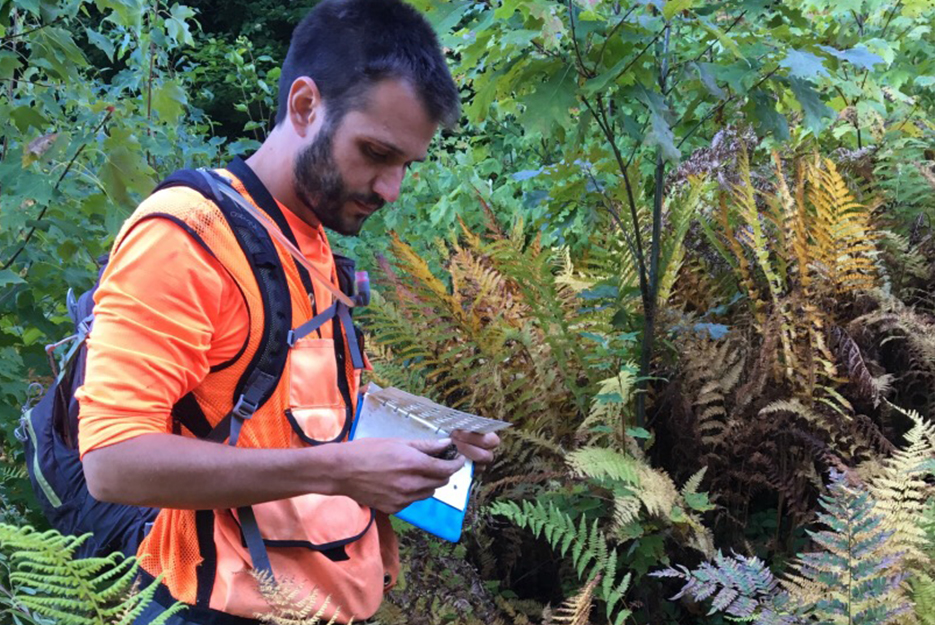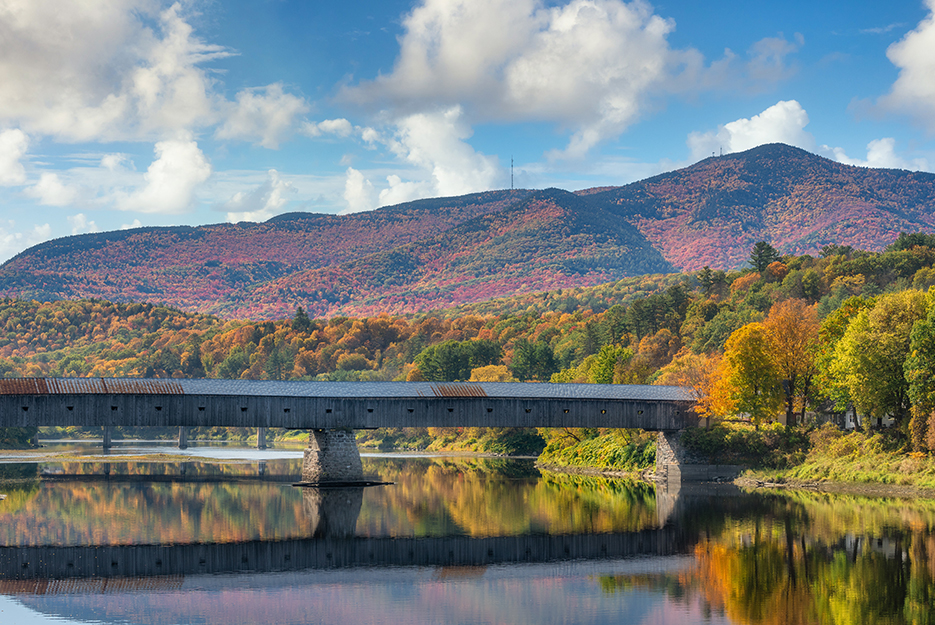Client: City of Cambridge, MA
Project Highlights: Evaluated the benthic community and developed a baseline for wildlife including fish, herptile, birds, and bats that was used to inform design alternatives and permitting.
Services Provided:
- Regulatory compliance
- Wetland delineation
- Benthos sampling
- Fish and Wildlife surveys
- Design impacts and analysis input
Normandeau Associates, Inc. (Normandeau) was contracted by Hatch, a landscape architecture firm, to complete environmental services related to the Black’s Nook In-Pond Restoration Project under the Cambridge Watershed and Fresh Pond Reservation contract for Landscape and Environmental Restoration Design Services.
Black’s Nook Pond, once a cove connected to Fresh Pond, is a shallow two-acre pond with a heavily forested wetland border. Over the years, work has been done to minimize inflow of golf-course runoff and improve ecosystem functionality in the directly surrounding watershed. Despite these efforts, Black’s Nook remains incredibly productive and supports a large population of aquatic plants resulting in a listing of Category 5 status as an impaired waterbody on the State’s 303(d) list.
Normandeau’s specific goals under this task were to verify and understand the current baseline conditions of the natural environment at Black’s Nook. Pond restoration scenarios could be varied, and understanding the potential environmental impact was essential for adhering to the management plan, responding to stakeholder and citizen questions, and for obtaining permits. Completing these tasks contributed to achieving a broader, deeper, and more current understanding of the following site characteristics: benthos sample analysis; fish inventory and fish use of Black’s Nook as a habitat; amphibian and reptile breeding and foraging use of Black’s Nook; use of Black’s Nook as a breeding bird habitat and passive observations of bird use for feeding; reliance on Black’s Nook for feeding bats using acoustic detection; regulatory boundaries including wetlands, water bodies, streams, vernal pools, and resource area buffers; and contribution to design alternatives so restoration was designed with a full understanding of the current habitat value and selected final design enhanced habitat for the future.



